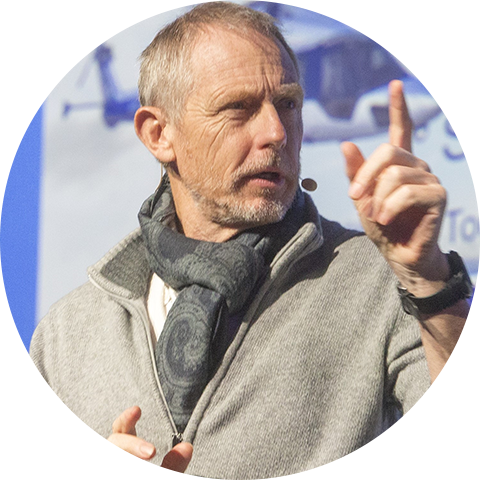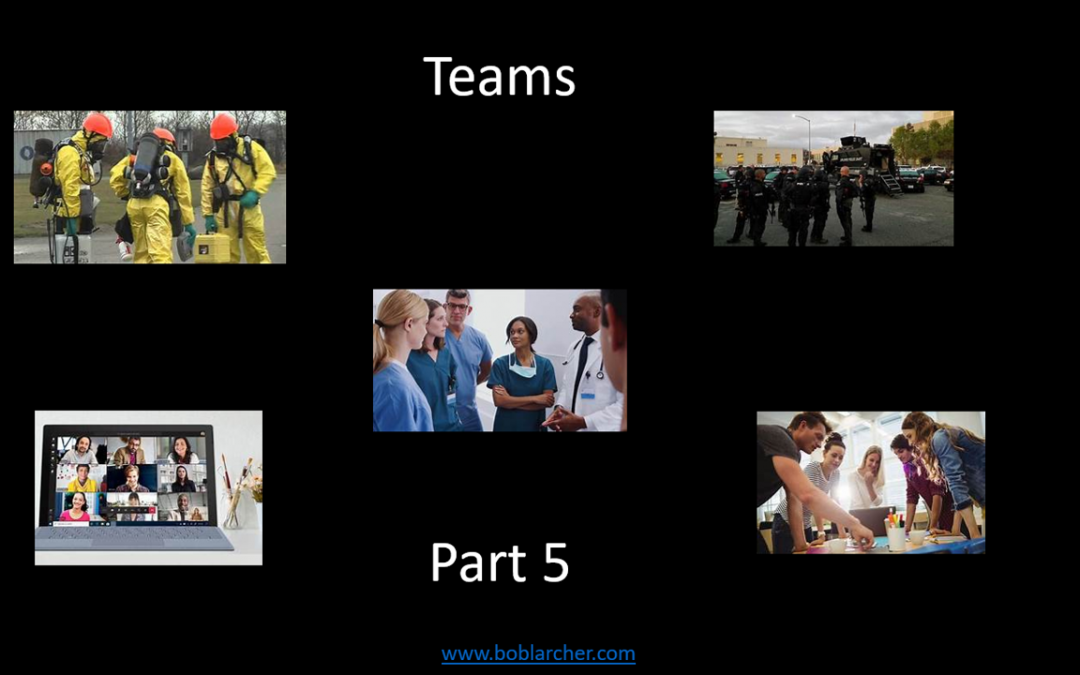The fifth and final post of a five-part series of posts around the subject of teams
In this part I will look at team building
Rafting down a river together, cooking dinner together or building a paper tower together do not constitute teambuilding.
It is important to distinguish between a teambuilding “activity”, a teambuilding “event” and the “process” of team development.
A teambuilding activity can be almost any activity that requires a degree of cooperation between those involved in order to succeed. An activity on its own will not create a high performing team, although it may highlight what is working well within the team and some barriers to team growth
A teambuilding event is usually a structured series of teambuilding activities, moving from relatively simple exercises and tasks (few constraints and rules) to more and more complex tasks (interlinking constraints and rules). Review sessions between the activities allow the team members to reflect on success or failure and identify team performance improvement actions to apply to subsequent activities. A teambuilding event will usually provide a team with concrete examples of what is hindering its performance and a blueprint for improved team performance.
A teambuilding process will clearly include a teambuilding event (and the associated teambuilding activities) but will look at the team in a much longer time-frame.
Most teambuilding processes have at least 4 phases
Phase 1 is the diagnostic “where are we now” phase, and usually includes interviews with team members, maybe a team performance audit and, often, some kind of personal profiling.
Phase 2 is the design “what are we going to do” phase and uses the results of the diagnostic phase to decide on the appropriate mix of exercises and activities; should the teambuilding event concentrate more on Task Behaviours or more on Process Behaviours for example.
Phase 3 is the ”teambuilding event itself” phase, generally of two or two and a half days duration with a wide range of exercises and activities, such as theatrical improvisations and group orienteering, and, usually, a complex multi-task project requiring the need to reconcile team and individual objectives to conclude the event. Not only are debriefs programmed after each activity, but “working” sessions are included where the team will elaborate its purpose, vision, missions, etc.
Phase 4 is the “in-house follow-up” phase whereby consultants meet with the team at intervals of (at least) 3 months, 6 months and 1 year after the teambuilding event to review ongoing progress and to give continued feedback and advice on how to maintain continued team effectiveness. I consider this to be the most important phase, as it will ensure that the performance of the team is sustained, and not merely a ‘one-off’ event. In my experience many teams fail to engage in this critical investment, with the consequence of simply falling back into their old bad habits.
Conclusion
Collections of individuals or groups masquerading as teams can be found at all levels of an organisation; from the production team to the board team and everywhere in between – sales teams, project teams, support teams ….
Measuring a team’s performance and mapping its development is clearly not an exact science, if indeed it is a science at all. However, there are ample frameworks, models and research that can be used to contribute to concrete improvements in how people work together. These models and frameworks integrated into a coherent team development process, as opposed to a series of “stand-alone activities” can significantly accelerate team development and performance and help teams through the critical stages of their life together.
If you are interested in exploring the development of your team or the teams around you, do not hesitate to contact me at boblarcher@boblarcher.com

I help people to develop their interpersonal skills, usually within a leadership or teamwork context. If you are looking to develop your leadership, I might be able to help. I’ve been doing this for almost 40 years; roughly four thousand days of seminars, workshops, conferences, coaching, offsites, webinars, etc. – put back-to-back that makes almost ten “full” years.



